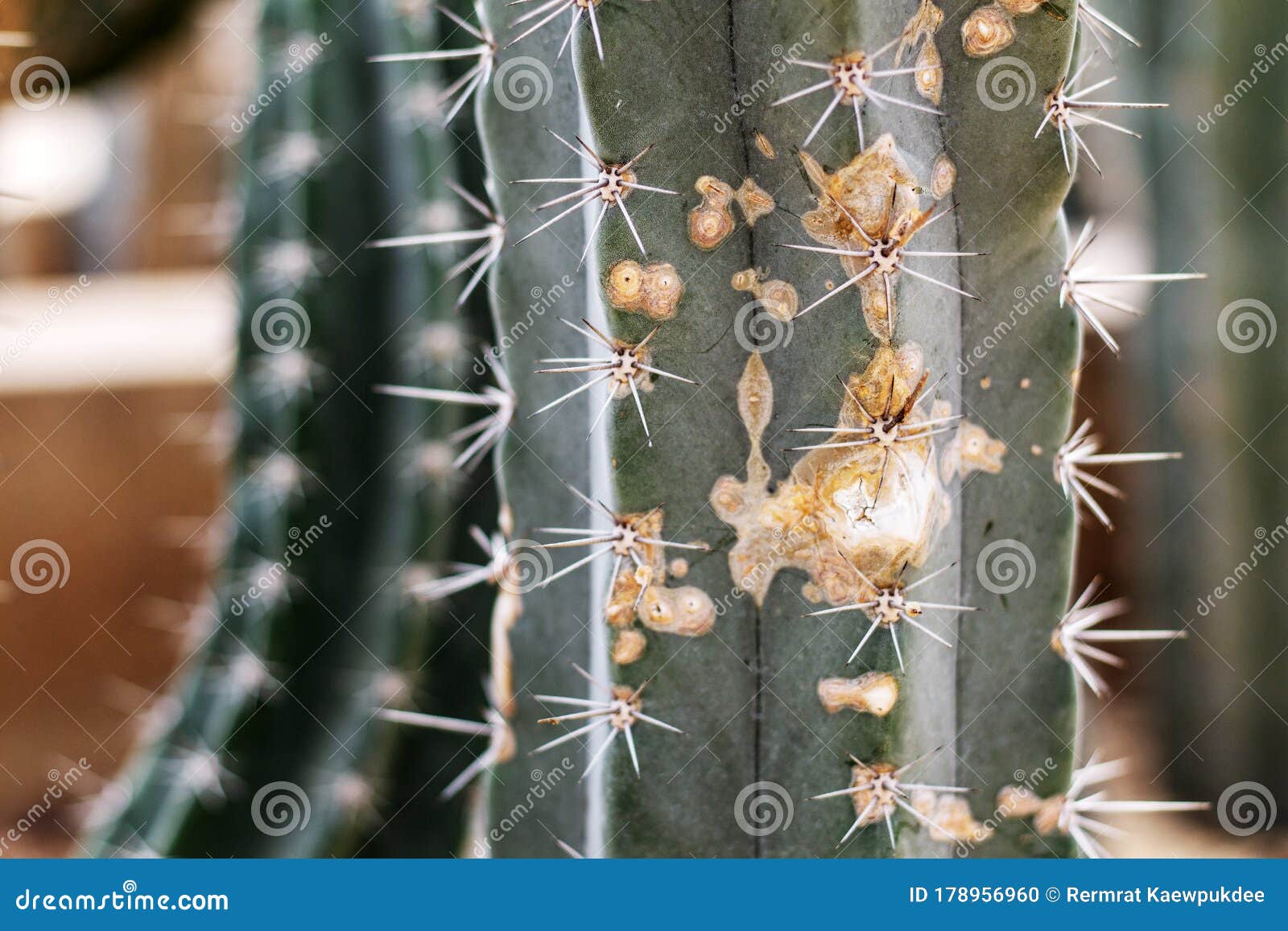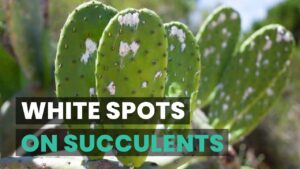The prickly pear, the saguaro, the barrel cactus—these are just a few of the resilient succulents that grace the arid landscapes of our planet. Yet, did you know that these seemingly impenetrable plants are not entirely safe from the ravages of the animal kingdom? Many species thrive on the very tissues that are designed to ward off herbivores. Exploring the intricate relationships between cacti and their consumers reveals a fascinating ecological narrative that challenges our perceptions about survival in harsh environments.
Understanding the reasons behind these unexpected dietary choices unveils a deeper understanding of adaptation, evolutionary strategies, and ecological interdependence.
So, what animals might you envision snacking on spikes? Prepare to discover some surprising contenders.
Unraveling the Mystery of Cactus Grazers
Though cacti are often defended by sharp spines and a thick cuticle layered with toxic compounds, several intrepid creatures have learned to exploit these challenges. Evolution has armed many of these species with specialized adaptations that allow them to consume cacti with relative ease. Among them, some unexpected names come to light.
Desert Rodents: Nature’s Resourceful Foragers
The diminutive cactus mouse is one of the most notorious cactus grazers. This nocturnal rodent searches for sustenance under the cover of night, using its keen sense of smell and remarkable agility. You might find it gnawing on the tender pads of cactus or digging through the soft flesh to reach the moisture within. Its specialized digestive system is geared towards processing fibrous plant material, thus allowing it to thrive in the desert’s dry conditions. The cactus mouse plays an essential role in the desert ecosystem, facilitating nutrient cycling and influencing the distribution of cacti through its foraging habits.
Within the same family, the pack rat emerges as another notable herbivore. Known for its penchant for hoarding, its nests often incorporate cactus fragments, attesting to its tenacity. Not merely opportunistic feeders, these clever rodents utilize the nutritional benefits of cacti while minimizing exposure to the prickly defenses with tactical bites that skillfully dodge sharp spines. It isn’t merely a matter of hunger; it’s a complex relationship that shapes their habitat and influences local biodiversity.
Insects: The Unsung Heroes of Cactus Consumption
When you think about animals that eat cacti, your mind may not initially gravitate towards insects. However, numerous insect species find cacti particularly delectable. The cactus weevil is a prime example, with its larvae tunneling into the succulent flesh. Though they may appear small and innocuous, their impact can be profound, often leading to significant damage in infested plants. The insatiable appetite of these tiny creatures is balanced by their role in breakdown and nutrient cycling within their ecosystems.
In addition to weevils, cochineal beetles are notable for their unique relationship with the prickly pear. These fascinating insects not only consume the plant but are also harvested for the vibrant crimson dye produced from their bodies. This historical relationship between humans and cochineal beetles not only highlights the intricate ties within ecosystems but also demonstrates how species have been pivotal in human cultures and economies.
Large Herbivores: Grazers of the Arid Landscape
While smaller creatures may seem like the primary consumers of cacti, larger herbivores are just as resourceful. Consider the majestic desert bighorn sheep; they are often seen foraging on young cactus pads. These creatures have evolved to compensate for the spines with tough, keratinized mouths that allow them to consume spiny vegetation without significant injury. Their grazing habits aren’t merely about consumption; they can inadvertently aid in the propagation of cacti by dispersing seeds through their feces, thereby promoting genetic diversity within the population.
Interestingly, both camelids and cattle have also been known to nibble on cacti during dry seasons. Although their grazing patterns are dependent on food availability, they showcase how adaptive strategies can provide alternative food sources in times of scarcity. Understanding the reciprocal nature of these interactions paints a vivid picture of life in harsh environments.
The Ecological Role of Cacti Consumers
The relationship between cacti and their animal consumers is emblematic of a finely-tuned ecological balance. By serving as both food source and habitat, cacti fulfill multiple roles in their ecosystems. Each species that feeds on cacti contributes to shaping their growth patterns, influencing their reproductive success and affecting competition among different cacti species.
This dynamic also presents a different perspective on cacti’s legendary defenses. Spines, often thought of solely as a deterrent, may actually represent a unique evolutionary strategy that creates a niche for specific consumers. By protecting the cactus from larger grazers while still allowing smaller creatures access to their tissues, they are indirectly fostering biodiversity and enhancing ecosystem stability.
A Call to Protect the Unique Desert Ecosystems
As we delve deeper into the surprising world of cactus consumption, the intricate relationships among species emerge vividly. The cacti that stand resilient against the harshest environments not only survive, but endure through adaptation and collaboration with other life forms.
Awareness of these unique interactions reminds us of the importance of preserving these ecosystems. With climate change and habitat loss threatening many native species, understanding these relationships becomes vital. Protecting desert ecosystems ensures that the intricate tapestry of life, of which cacti and their consumers are a part, continues to flourish for generations to come. In the beautiful and complex web of desert life, even the spiky giants play a crucial role, inviting us to re-examine and appreciate the delicacies of nature’s resilience.





Leave a Comment